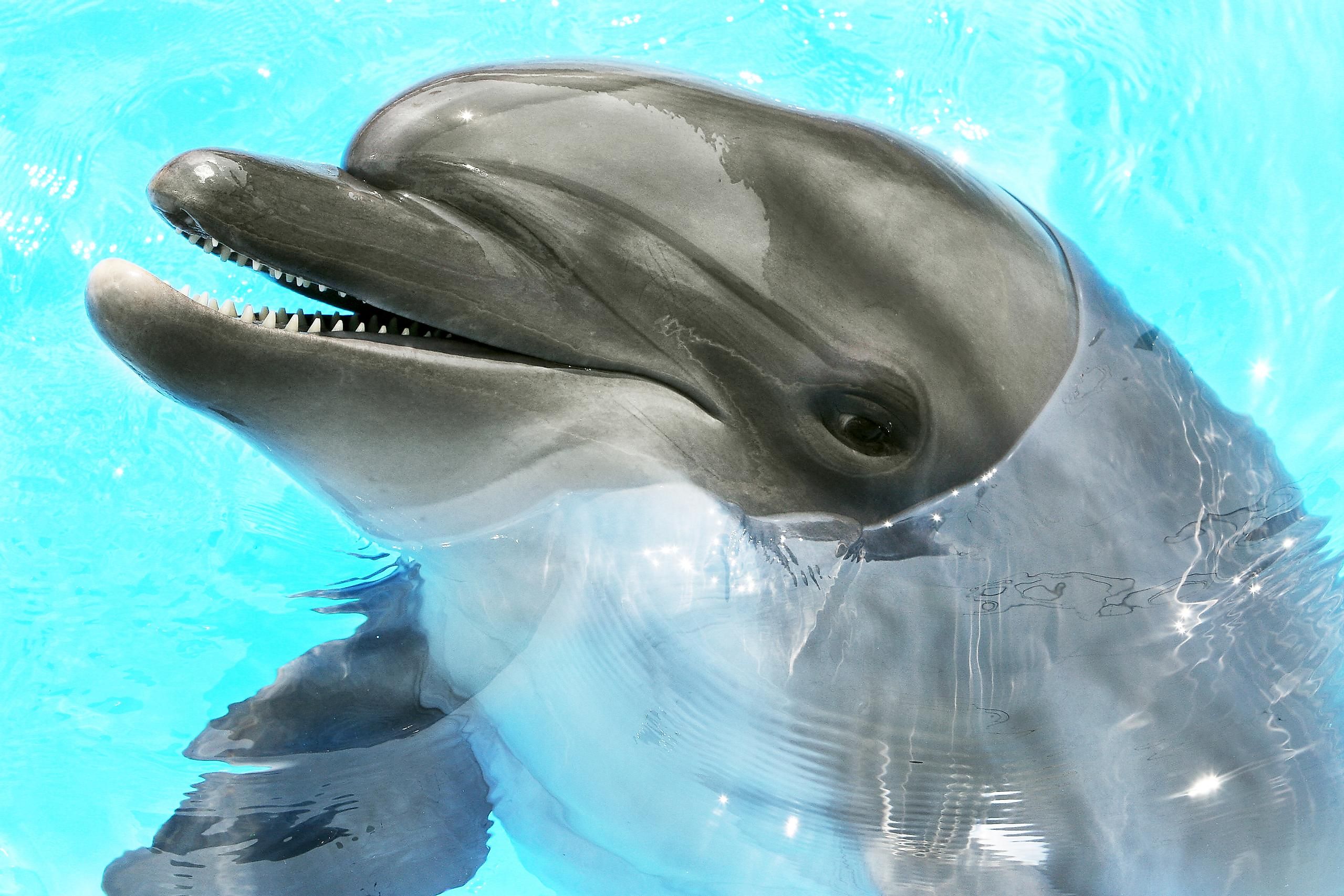
Animals That Don't Sleep
It might seem too hard to believe at first glance, but there are in fact some animals that require sleep in the same way humans do. Sleep is a puzzling phenomenon. It is clear that powering down into a passive state is beneficial for most living organisms, but it remains unclear to researchers why it has to take such a strange (and vulnerable) form. After all, humans spend roughly one-third of their lives snoozing. Some animals, such as koalas and sloths, spend nearly all of their time in la-la land. So it is only natural to wonder, have any animals found a loophole? Are there animals that do not need to sleep? Well, the answer(s) are a bit complicated. Let's comb through the kingdoms and see what researchers have been able to glean.
Dolphins
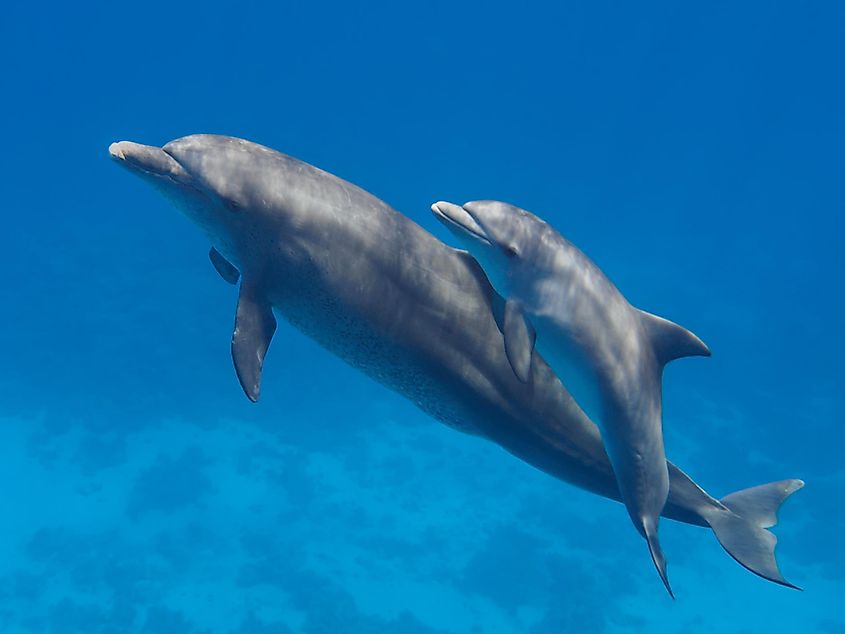
This happy-go-lucky marine mammal does not need to sleep…for a period of time. Newborn bottlenose dolphins (Tursiops truncates) do not sleep for the first month of their lives. The reason for this is simple: they have to resurface for air every 3 to 30 seconds. Trying to get some shut-eye in between those bursts would take the term "micro-nap" to a whole new level. During this extended period of wakefulness, their mothers will also stay alert to steer the ship and keep a close watch on their precious young. This same protocol has also been observed amongst killer whales (Orcinus orca).
Even once dolphins mature, they still do not sleep in a clearly recognizable way. They literally sleep with one eye open, in a process called unihemispheric sleep. Because they have to regulate their breathing consciously, one half of the dolphin's brain will stay awake at all times while the other half rests. Each side eventually gets to turn in, and by alternating periodically, an adequate sleep schedule is maintained without ever drifting into total unconsciousness. How these animals are able to function like this is truly baffling and is something animal scientists are still studying to this day.
Great Frigatebirds
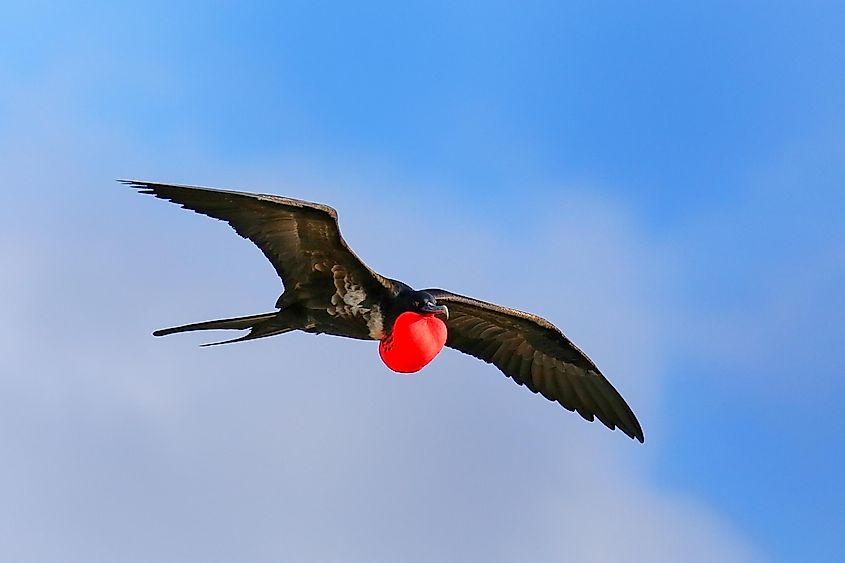
The great frigatebird (Fregata minor) is another species capable of unihemispheric sleep. Unlike dolphins, great frigatebirds can utilize this strategy whenever needed. Researchers were able to rig up small devices that measured brain activity and found that while performing long-distance, transoceanic flights, these birds only slept in half their brains and only did so for an average of 42 minutes (compared to the over 12 hours they get on land). Though direct evidence is lacking, it is assumed that other endurance-flight birds (such as the common swift, which can fly continuously for months at a time) must have creative ways of sleeping on the fly.
This ability that these marvelous birds have developed allows them to fly incredible distances in what is essentially Mother Nature's version of "autopilot." Flying in this kind of half-conscious state allows the bird to burn as little energy as possible while also being present enough to navigate through the air and arrive at its intended destination. It is truly incredible.
Fruit Flies
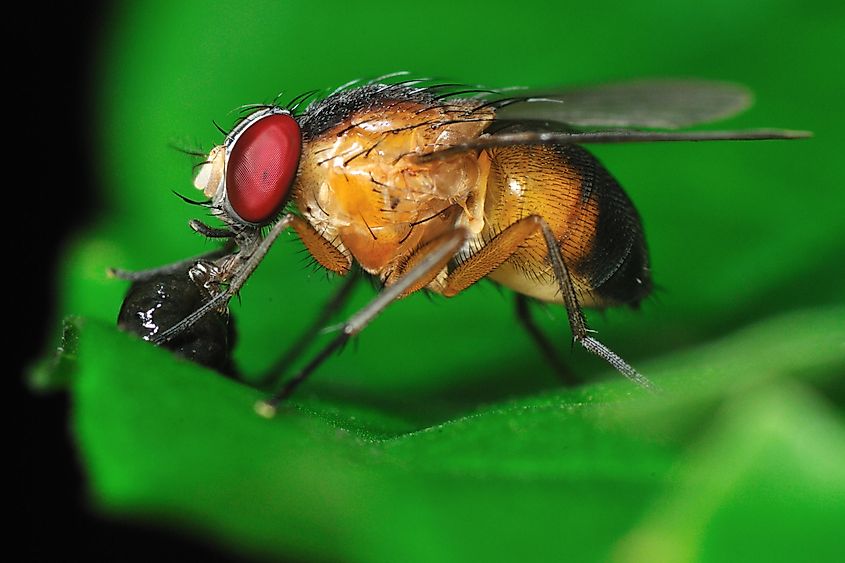
These annoying pests are usually only ever thought about during the summer when they swarm across kitchen counters and in endless assault any fresh fruits and vegetables that might have been left out. However, despite most people thinking Fruit Flies are unremarkable and miserable creatures, they too share the same ability to stave off the need to sleep.
Some insects sleep for extremely short periods. For instance, small percentages of female fruit flies (Drosophila melanogaster) were found to sleep for an average of 72 minutes per day, with one specimen found to sleep for only 4 minutes a day. Counter to other laboratory experiments involving sleep deprivation, these flies experienced no deleterious effects and lived just as long as the control group. Other insects are known to sleep very little or, alternatively, to enter into a torpor state, which is similarly marked by lowered metabolism, body temperature, and alertness.
Jellyfish
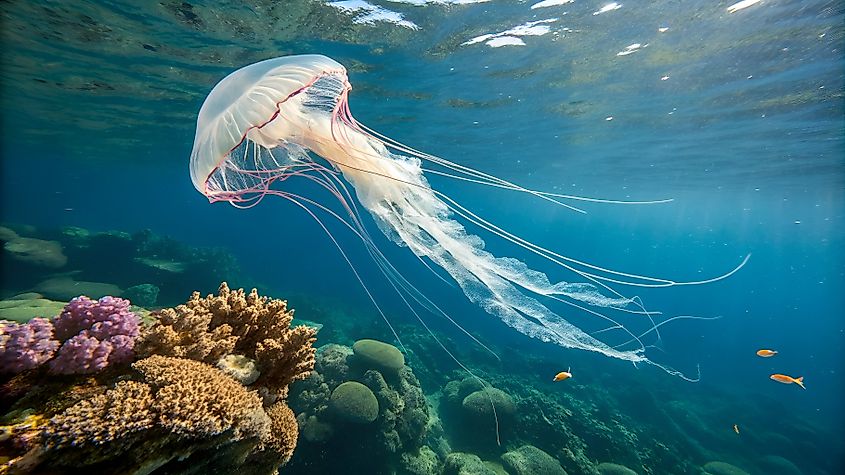
Ever since jellyfish have been able to be studied by modern science, there has been a fierce debate amongst experts over whether or not they were even capable of sleeping, to begin with. It was assumed for a long time that the various species of jellyfish were unable to actually sleep because these animals lack a centralized brain.
Until recent studies demonstrated otherwise, it was thought that animals without a central nervous system, such as jellyfish (like Chrysaora fuscescens), either did not need or were incapable of sleep. However, it was shown that jellyfish do enter a "sleep-like" state at night. Their pulsations and responsiveness to basic stimuli dropped noticeably for an extended period, which at least gave the appearance of sleep. They certainly would not enter the same sort of deep trance that humans and other mammals do, but some kind of mental and physical recharge does seem to take place.
Bullfrogs
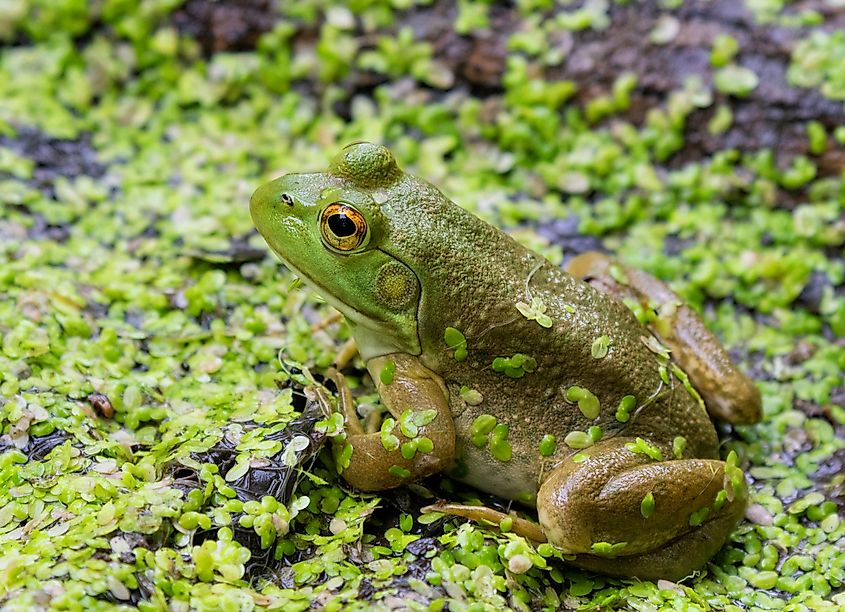
One experiment seemed to show that bullfrogs (Lithobates catesbeianus) did not sleep since they reacted to stimuli in a similar manner at all times. However, this idea has been dispelled and replaced by the notion that they do snag intermittent moments of rest, though never sinking into a full, inattentive slumber. Whatever the case, these observations still only cover their active months. Bullfrogs get thoroughly caught up on sleep during their hibernation season.
Even though the definition of sleep ranges quite substantially across the animal world, it does appear that sleep is a universal requirement. It may not be the dream-inducing, catatonic state that we are familiar with, and it may not happen on a regular schedule, but all animals have established creative patterns for recharging their batteries. With that said, there are curious observations to explain and gaps in the scientific literature, so perhaps a truly sleepless animal could still be discovered.











